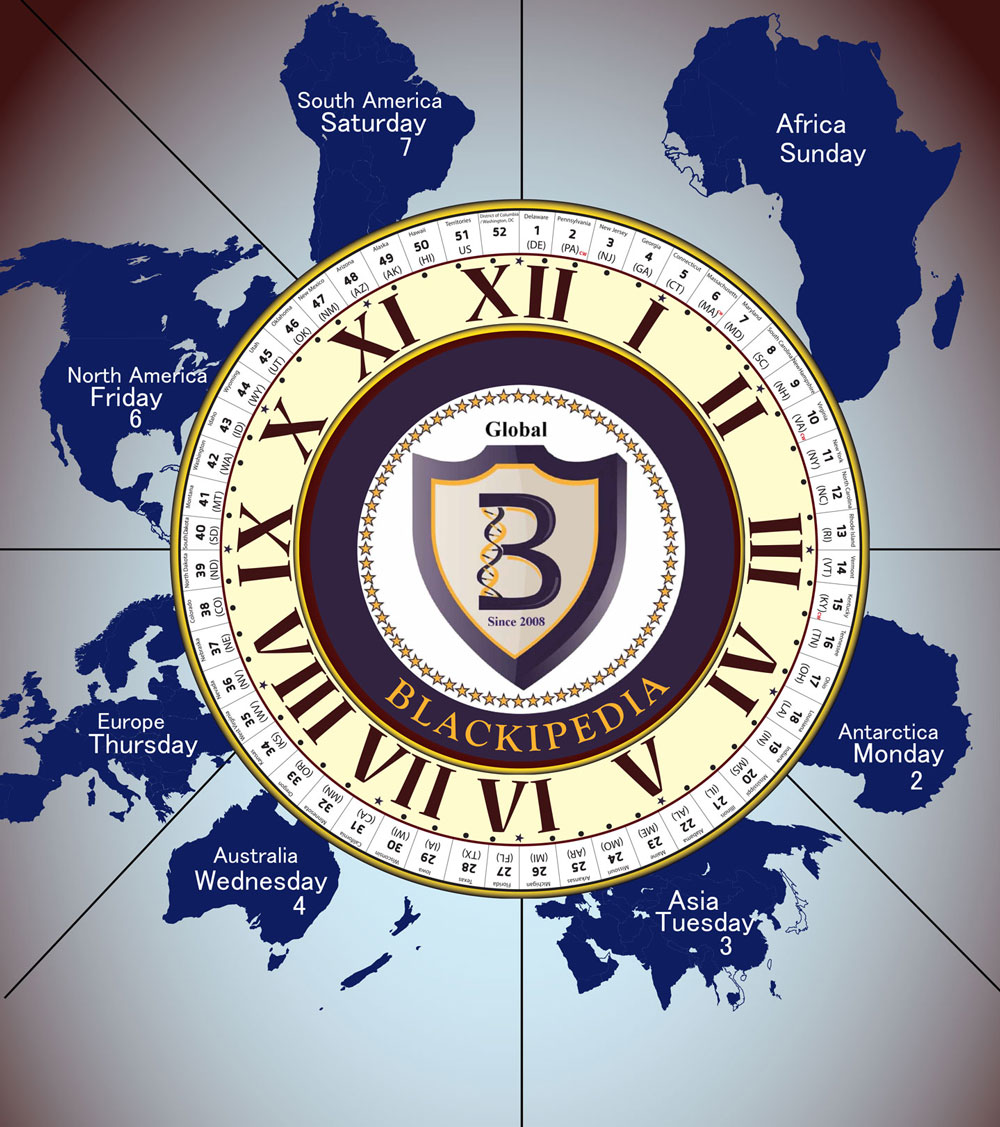(Above Photo not of Joshua Johnson but of his artwork)
Joshua Johnson, or Johnston, the earliest documented professional African-American painter, was active in Baltimore during the late eighteenth and first quarter of the nineteenth century. Born the son of a white man, George Johnston, and an unknown enslaved African woman owned by William Wheeler Sr., a small farmer; Johnson was sold to his father, George Johnston in 1764 for 25 pounds, half the price of an adult male field enslaved African. George Johnston arranged that Joshua would be freed after completing a blacksmith apprenticeship, or on turning 21, whichever came first. During his time as a blacksmith, Johnson likely learned how to construct canvases and source painting materials. Joshua completed his apprenticeship with William Forepaugh, and was freed on July 15, 1782, just 4 years before Maryland had entered the union.
When Johnson became a painter is unknown, he described himself as a self-taught genius in an advertisement placed by Johnson in the Baltimore Intelligencer of December 19, 1798. Primarily a painter of members of the slave-holding aristocracy, he was rediscovered by Baltimore genealogist and art historian J. Hall Pleasants in 1939. Pleasants suggested that as a student of painting, or, as a slave, Johnson might have received training from some member of the Peale family who dominated Baltimore’s art scene during the period of Johnson’s activities. Johnson’s name does not appear, however, in any of the Peale family’s voluminous archives.
Johnson’s style is closely related to that of Charles Peale Polk (1767–1822, a nephew of the family patriarch Charles Willson Peale) in their mutual fondness for thinly painted surfaces, variety of accessories, and attention to costume details. It is unlikely that Johnson was entirely self-taught. If he did not receive his training from some member of the Peale family, he was at least familiar with their work.
The first exhibit held for Johnson’s paintings was at the Peale Museum in Baltimore in 1948 with twenty-five portraits on display. Since that time more than eighty works have been attributed to Johnson. Unfortunately, none of Johnson’s portraits is actually dated and only one bears his signature. The majority of Johnson’s portraits have been assigned dates on the basis of the ages of the sitters, from about 1795 to 1825, and most depict affluent residents of Baltimore. Although he also painted black subjects, including Daniel Coker, a founder of the African Methodist Episcopal Church.
Johnston’s work is characterized by a rigidity of the arms and legs, indicative of the posed nature of his portraits. The works have a two dimensionality and the faces of the sitters in three-quarter view and their gazes straightforward. The backgrounds are notable for their detailed depictions of furniture, letters, books, gloves, parasols, riding crops, dogs, flowers, and fruit. Johnson frequently seated his subjects on upholstered Sheraton chairs or settees studded with brass tacks; as a result he has been called the “brass tack” artist.
Johnson’s Intelligencer advertisement also referred to his “having experienced many insuperable obstacles in the pursuit of his studies.” It seems reasonable to assume that Johnson was making a veiled reference to his race, and alluded to the fact that he had suffered racial and professional discrimination, yet had overcome such odds to some extent. The date and circumstances of Johnson’s death are relatively unknown; many believe he died in Baltimore in 1832.
References:

